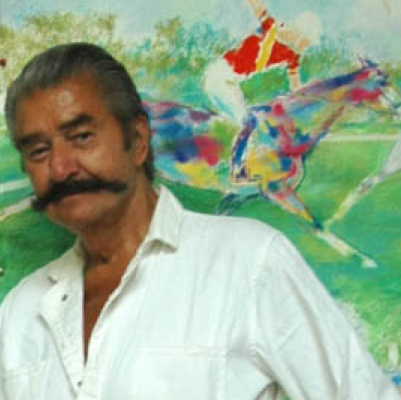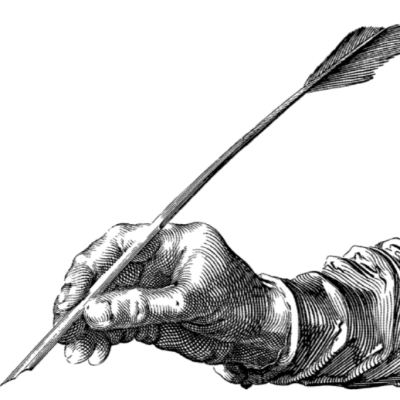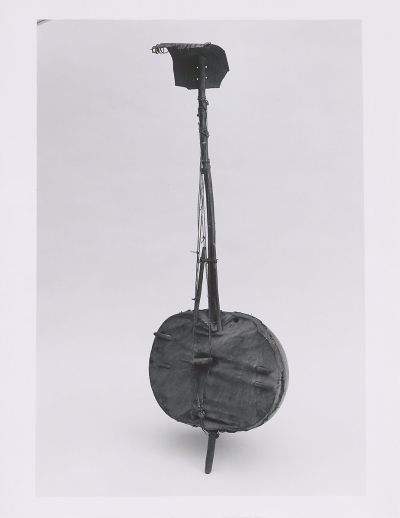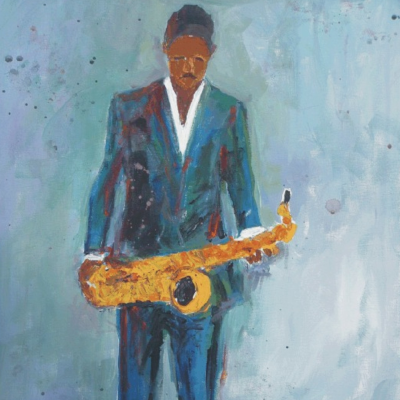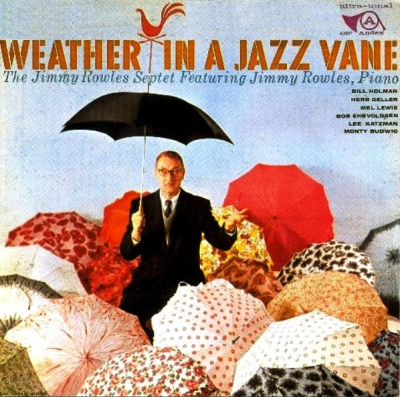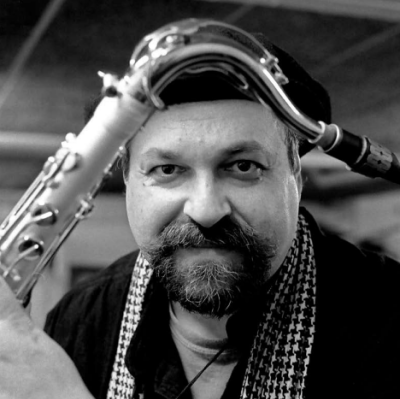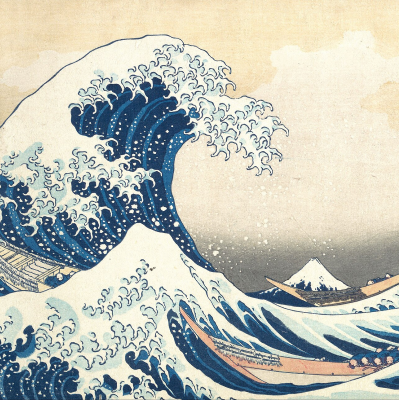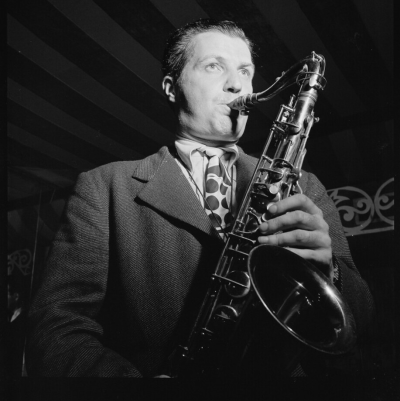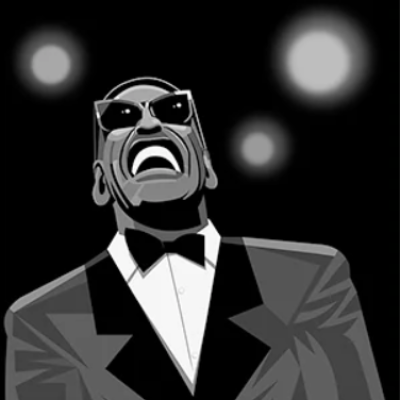.
.
© Mosaic Images
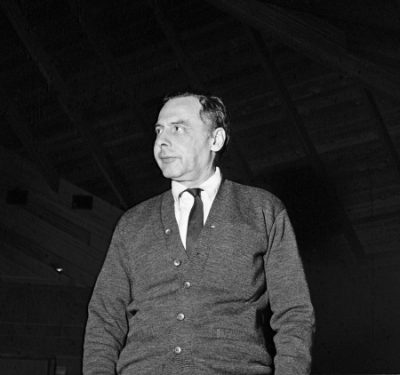
Blue Note Records co-founder Francis Wolff, in a photograph by Rudy Van Gelder, taken with Wolff’s camera at Art Blakey’s March 6, 1960 “The Big Beat” session
.
.
_____
.
.
Note from the publisher
.
In an April 22, 2019 interview with jazz producer, discographer, entrepreneur and Mosaic Records co-founder Michael Cuscuna, he informed me of news concerning Mosaic’s impending release of photos taken by Blue Note Records co-founder Francis Wolff, who photographed every Blue Note session from 1940 – 1969.
Now that his website showcasing these important and brilliant photos is up and running, I am able to publish this portion of the interview.
A selection of the photographs — published with the generous consent of Mr. Cuscuna — are found at the conclusion of the following interview.
-Joe Maita
.
.
___
.
.
© Mosaic Images

Thelonious Monk with Sahib Shihab (right) at The Village Vanguard, NYC, September 1948.
.
.
___
.
.
JJM. Please share your news concerning the Francis Wolff photographs…
MC. In the mid 1980’s, when Mosaic started putting out recordings of Blue Note artists, we found that there were very few photographs in existence for artists like Tina Brooks and Herbie Nichols other than those taken by Francis Wolff. Alfred Lion – who along with Wolff co-founded Blue Note Records – told me that Francis had given him his entire photo archive after he retired. So, I got Alfred and his wife Ruth to help me find some of the photos for Nichols and a few others. Ruth did much of the ground work because it made Alfred sad to go looking through the photos; he missed his work at Blue Note, and he also missed his lifelong best friend, Francis Wolff. Because of this, Ruth eventually brought up the idea of Mosaic taking over the photo archive and organizing it. So, that’s what we did. My partner Charlie Lourie and I flew out to San Diego and worked out a deal with them and brought the photos back to the Mosaic offices in Stamford, Connecticut.
Thus began a two year mission for my wife Lisa – herself an artist and photographer – of unraveling and archiving all the negatives and contact sheets that were in trunks, in aging manila envelopes. We discovered the archive to be full of riches, and began to exploit it as best as we could. Of the 20,000 photographs, only about 200 had ever been seen on a Blue Note album cover, or used for a publicity shot or in a Downbeat magazine article. It is a ridiculous treasure trove and an ongoing search. In 1995 we began publishing books – the sixth of which, Jazz Images by Francis Wolff, is being published by Elemental in Barcelona.
These photographs have always been a sideline – almost more like a hobby – although we have shown some in exhibitions, and we have also printed select fine art silver gel images and sold them on our website and in galleries. But Lisa and I finally decided to really do a push, and as we get more time, we have decided that this archive really needs to be seen. We have created an offshoot of the Mosaic Records website (www.mosaicrecordsimages.com) that you can now visit and see in the neighborhood of 3,500 photographs, which will be available for licensing and prints. We also want to do more books featuring photographs from this archive.
Not only are the photographs further proof that Francis Wolff was a shockingly great photographer who could capture perfectly framed candid portraits in a sixteenth-of-a-second, but the fact that he was able to document the weekly recording sessions of such an important label means it is also has massive historic significance. We are just making it part of our mission to get this stuff out there now.
JJM. In a way this mirrors what you have done with the music, unearthing and releasing great recordings, and now you are on to doing the same with the photographs…
MC. Except for Columbia Records – who had photographers like Don Hunstein shooting sessions on a regular basis – there is really no other important record company that has a photographic document of virtually its entire history, from its beginnings to when the founders retired. So, yes, in a way it is similar to the mission of Mosaic Records.
JJM. What would you like to do next with the photos?
MC. I am thinking that our next book may be to feature fifty or sixty great Blue Note sessions, which would include a short essay about the album, the cover art, and then publish an array of photographs of the various people interacting and the amazing portraits that Francis Wolff did at each of these sessions, making each of them come alive.
JJM. Was Francis Wolff the only photographer in the studio for these sessions?
MC. Yes.
JJM. Did any of the musicians bring cameras and take their own photographs?
MC. Milt Hinton, who was an extraordinary photographer, was probably the only one who brought a camera to the sessions – there is a wonderful photo of Francis Wolff shooting Milt holding his camera. I haven’t seen what Milt shot – it would have been at Ike Quebec’s “Heavy Soul” session.
JJM. In addition to all of Wolff’s studio photography, I am guessing that there are many taken in other settings. When he went to Paris while Dexter Gordon recorded for Blue Note there, he probably didn’t take a handful of photographs and put the camera away – he must have taken a lot of shots…
MC. Yes, he did. After World War II many German Jews never wanted to go to Europe – and certainly many were unwilling to set foot on German soil again, and Alfred was one of them. Francis had no issue going back – he even went back to Berlin to visit old friends. So, he went to Europe quite often.
When it became necessary to record somebody in France, like a few Dexter albums, or an Ornette Coleman album at the Golden Circle in Stockholm, or a Hank Mobley in Paris, Francis would always be the one that got on the plane and went over there. He always brought his camera with him, but because he was producing the albums in an unfamiliar setting, he had to apply all his attention to getting the sound and the music down right on the sessions. So he didn’t photograph during the sessions, he just shot after them. There are a lot of great shots of Dexter around Paris, and there is a nice shot of Jackie McLean in Paris in 1961, and, of course, how he got Ornette Coleman, Charles Moffett and David Izenzon to put their overcoats on and stand in the snow in a park in Stockholm in the middle of December still amazes me, but he did! There are a lot of great photos from that shoot – variations on the cover of the Golden Circle albums.
JJM. Well, this is all very exciting, Michael. As someone who is online a lot and loves viewing classic jazz photography, at some point I figured I had seen just about every photo available, so to learn that there are another 3,500 Francis Wolff shots to enjoy is great news. Do you anticipate doing any more gallery showings?
MC. Yes, we have done gallery showings in Madrid and in the Jewish Museum in Berlin and in the Pierre Cardin space in Paris. We also did a very large show in Kyoto a couple of years ago. We are affiliated with the Morrison Hotel Gallery, which is basically in Los Angeles and New York and Maui, and they periodically put on shows.
JJM. When we spoke recently about what you want to do with the rest of your life, this photo archive will certainly keep you busy!
MC. There is always something that comes along. These photographs will just add to the performance legacy that we have of these artists, and of course showcase Francis Wolff’s great work.
.
.
___
.
.
A sampling of the images (all © Mosaic Images) are published with the consent of Michael Cuscuna
.
.© Mosaic Images

George Benson at Lou Donaldson’s “Alligator Bogaloo” session, Van Gelder Studio, Englewood Cliffs, NJ, April 7, 1967.
.
.
© Mosaic Images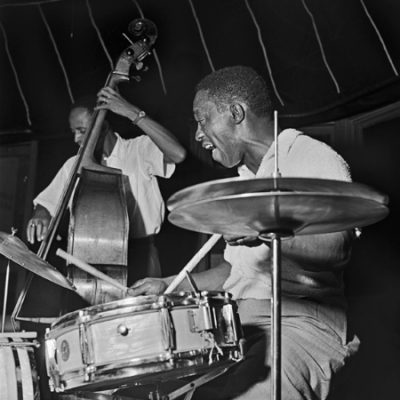
Art Blakey with Percy Heath (left) at a rehearsal for “Clifford Brown Sextet” session, NYC, August 1953.
.
.
© Mosaic Images
Art Blakey’s “A Night In Tunisia” session, Van Gelder Studio, Englewood Cliffs, NJ, August 7, 1960.
.
.
© Mosaic Images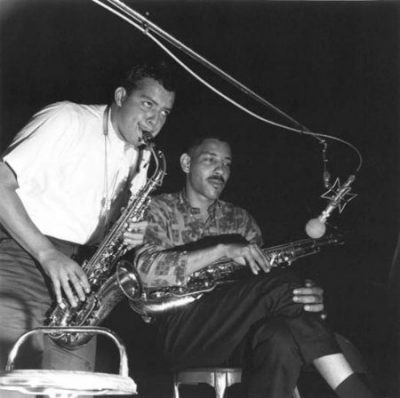
Tina Brooks with Jackie McLean (left) at Freddie Redd’s “Shades Of Redd” session, Van Gelder Studio, Englewood Cliffs, NJ, August 13, 1960.
.
.
© Mosaic Images
Don Cherry with Pharoah Sanders (right) at Cherry’s “Where Is Brooklyn” session, Van Gelder Studio, Englewood Cliffs, NJ, November 11, 1966.
.
.
© Mosaic Images

John Coltrane at Sonny Clark’s “Sonny’s Crib” session, Van Gelder Studio, Hackensack, NJ, September 1, 1957.
.
.
© Mosaic Images
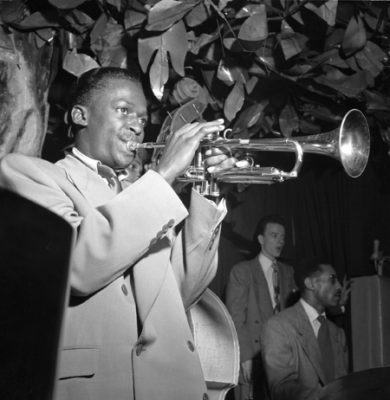
Miles Davis with Tadd Dameron at The Royal Roost, NYC, October 1948. Kai Winding and Max Roach are background right.
.
.
© Mosaic Images
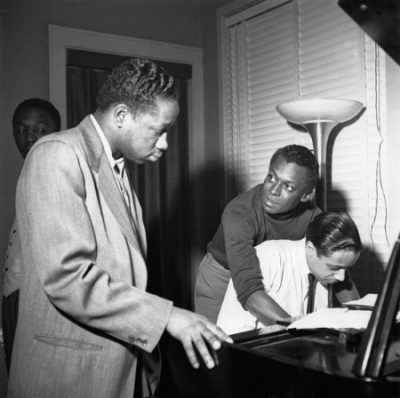
L to R: Art Blakey, a visiting Clifford Brown, Miles Davis and Horace Silver at the “Miles Davis Quartet” session, Van Gelder Studio, Hackensack, NJ, March 6, 1954.
.
.
© Mosaic Images
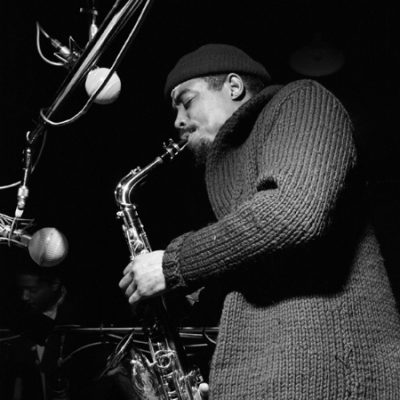
Eric Dolphy at his “Out To Lunch” session of February 25, 1964, Van Gelder Studio, Englewood Cliffs, NJ.
.
.
© Mosaic Images
Kenny Dorham with Joe Henderson (right) at Dorham’s “Trompeta Toccata” session, Van Gelder Studio, Englewood Cliffs, NJ, September 14, 1964.
.
.
© Mosaic Images
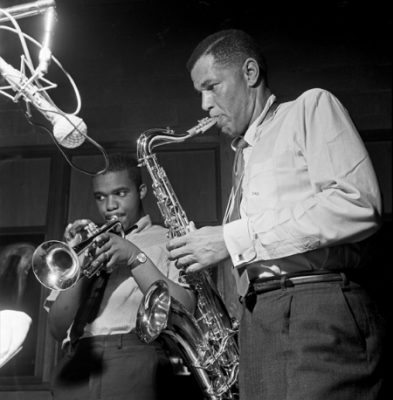
Dexter Gordon with Freddie Hubbard (left) at Gordon’s “Doin’ All Right” session, Van Gelder Studio, Englewood Cliffs, NJ, May 6, 1961.
.
.
© Mosaic Images
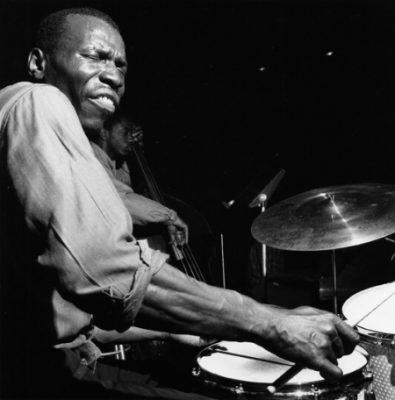
Elvin Jones with Reggie Workman (right) at Wayne Shorter’s “Ju Ju” session, Van Gelder Studio, Englewood Cliffs, NJ, August 3, 1964.
.
.
© Mosaic Images

Thelonious Monk with Sahib Shihab (right) at The Village Vanguard, NYC, September 1948.
.
.
© Mosaic Images
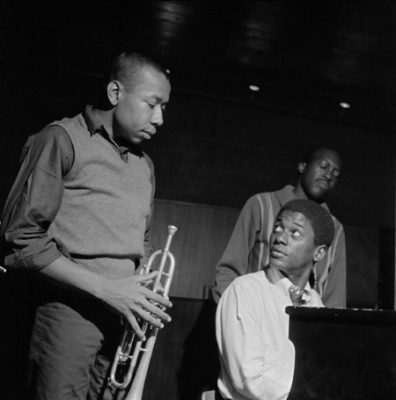
Lee Morgan with Andrew Hill (center) and Hank Mobley (right) at Hank Mobley’s “No Room For Squares” session, Van Gelder Studio, Englewood Cliffs, NJ, October 2, 1963.
.
.
© Mosaic Images

Wayne Shorter’s “Etcetera” session, Van Gelder Studio, Englewood Cliffs, NJ, June 14, 1965.
.
.
© Mosaic Images
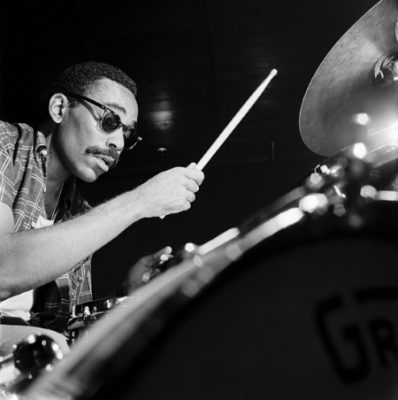
Art Taylor at Duke Jordan’s “Flight To Jordan” session, Van Gelder Studio, Englewood Cliffs, NJ, August 4, 1960.
.
.
___
.
.
To visit the Mosaic Images website to view more photographs and get more complete information about them, click here
.
.







